Dishwasher blockage
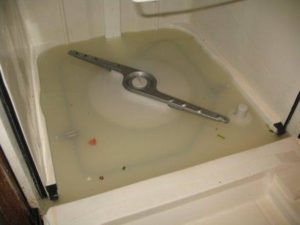 There was an unexpected stop of the dishwasher while washing dishes after dinner, which means that a blockage formed in the car. This is the most common cause of failure, when the car seems to whistle, tries to make some kind of sounds, or maybe just stops silently. What causes a blockage in the dishwasher, how to eliminate it and prevent it is up to us to figure out.
There was an unexpected stop of the dishwasher while washing dishes after dinner, which means that a blockage formed in the car. This is the most common cause of failure, when the car seems to whistle, tries to make some kind of sounds, or maybe just stops silently. What causes a blockage in the dishwasher, how to eliminate it and prevent it is up to us to figure out.
The reasons
If you suspect that the dishwasher has stopped due to a blockage, do not rush to clean the machine. Clogging can occur not only inside the machine, but also outside, and more precisely in the sewer or in the siphon, to which, as a rule, the equipment drain hose is connected.
Note! If water began to drain slowly, slowly, the siphon is clogged, which means the dishwasher will soon stop draining water.
The cause of any blockage is food debris, seeds from fruits, fish or meat, dirty wipes and even toothpicks that enter the drainage system from uncleaned dishes. The cause of the blockage can be small pieces of dishes that have crashed during washing. The inside of the dishwasher may clog:
- a cleaning filter located at the bottom of the tank;
- drain pump;
- drain hose;
- water spray blades.
In addition, the filter standing on the water supply to the machine may become clogged. It can become clogged with rust particles and salt deposits. Usually this happens with frequent shutdown of the water supply system, when after repair work the water is supplied dirty, rusty.
Troubleshoot
Is the dishwasher clogged? You will have to carry out cleaning, because any blockage is eliminated only by cleaning. With a clogged sewer, one of the following methods can be applied:
- use a wire at the end of which there is a small ruff;
- the second method, which is not very pleasant, but effective, is to disconnect the siphon from all the hoses and rinse it with water;
- use special chemicals to clean sewer pipes.
In the case of internal blockages, you will have to work hard if you do not plan to call the master. First, prepare some tools, they will probably come in handy for you, namely: a screwdriver, pliers, tweezers with long probes and some kind of container for dirty water.
So, disconnect the dishwasher from the AC voltage, and then remove the drain hose from the siphon outlet, directing it into a bucket or other container under water. If the water does not drain, there is an internal blockage. Disconnect, if possible indiscriminately, the other end of the drain hose and wash the part under the pressure of water, use the cleaning cable. Failed to disconnect the hose, so for now leave it.
Now open the machine and free it from the baskets and scoop out water to proceed to cleaning the internal parts:
- unscrew the filter mesh and pull it out with the filter;
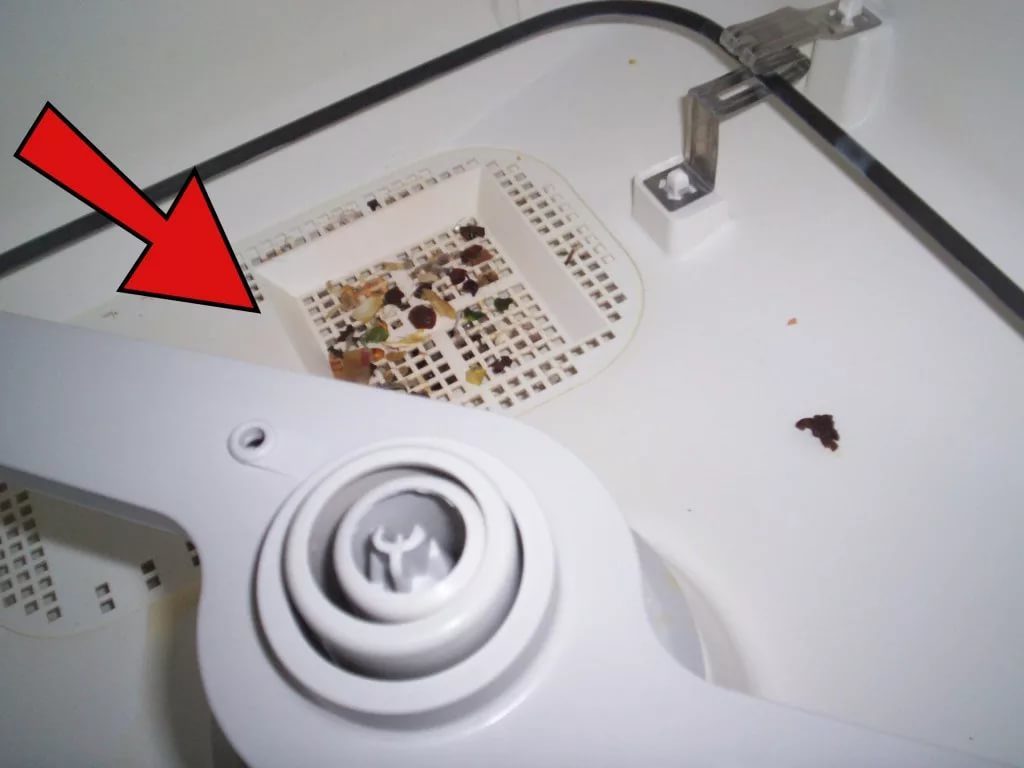
More details on how to remove the filter are described in the instructions for your model of the dishwasher.
- wash the parts with water and a brush;
- unscrew the cover of the drainage pump to check the impeller, clean it if possible, nothing should interfere with its rotation. Use tweezers with this, bare hands are best not to climb.

If it is not possible to clean the impeller from the inside of the machine, you will have to disassemble it. The situation is more complicated with built-in appliancesbut in a different way. The dishwasher is turned on its side, the pan is disconnected and thus get to the pump. So it will be more convenient to clean it. At this point, at the same time, you can disconnect the second end of the drain hose to clean it. After the "water" procedures, assemble the car.

After assembling the machine, wash the tank, then wipe it. Spray blades can be presoaked in water with dissolved dishwashing detergent, then cleaned, rinsed and returned to their place.With the right approach and dexterity, eliminating the blockage is not so difficult.
How to prevent?
But what to do to prevent blockage at all? Everything is simple - adhere to simple rules for operating the dishwasher:
- It is good to clean dishes from food debris, to clean napkins, toothpicks and other garbage. In some cases, you can pre-rinse the dishes.
- Rinse the coarse filter at least 2-3 times.
- Wash and regularly monitor the cleanliness of the blades and the entire machine as a whole, removing greasy deposits.
- Once every six months, clean the bulk filter and replace if necessary.
- Clean the machine from scale with special products or citric acid.
- It is good to dry the equipment from the inside so that an unpleasant odor does not appear and bacteria and mold do not breed.
As you can see, keeping the dishwasher clean is very simple, how much effort and nerves will be saved than if you would have to eliminate clogging in the dishwasher. So, the rules are needed to comply with them, and not to break!
Interesting:
Reader Comments
- Share your opinion - leave a comment
Headings
Washing machine repair


For buyers
For users

Dishwasher

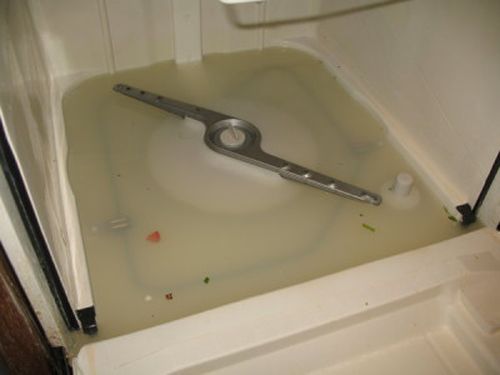
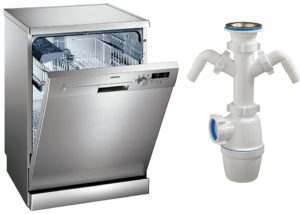
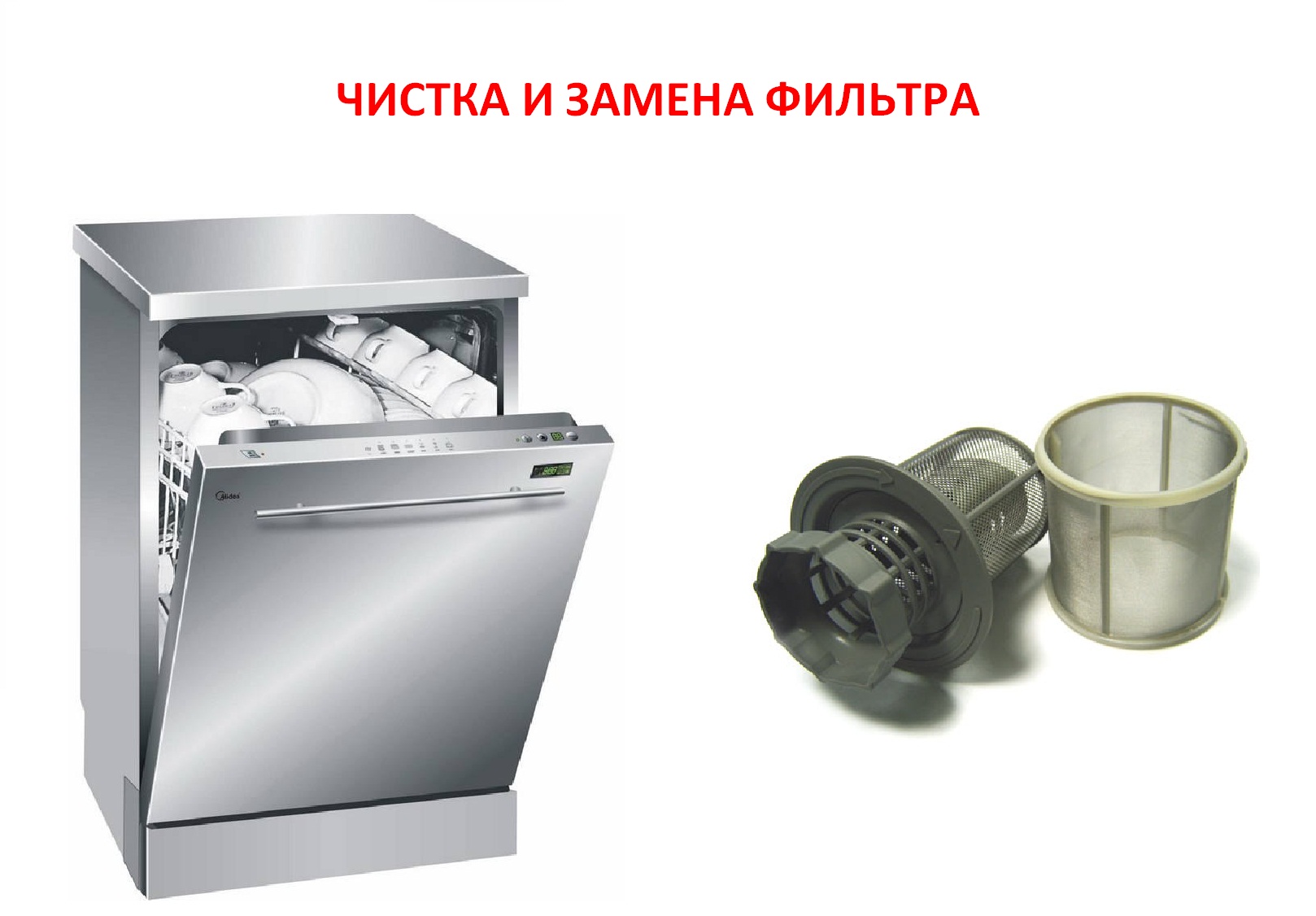
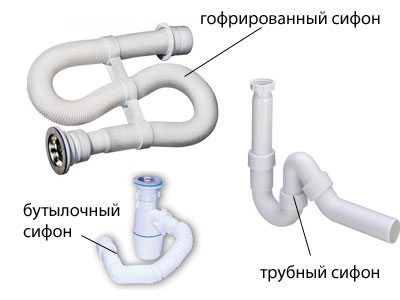
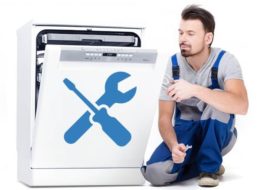
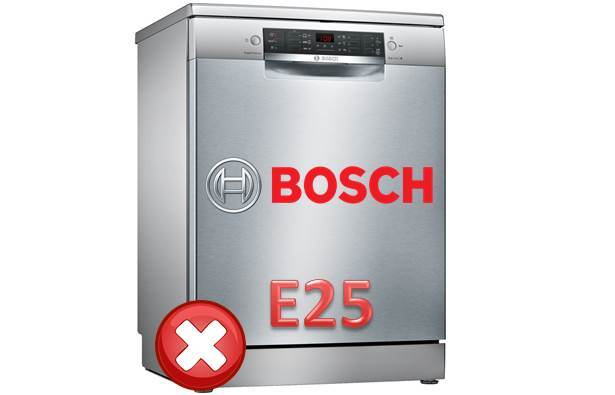











Add a comment